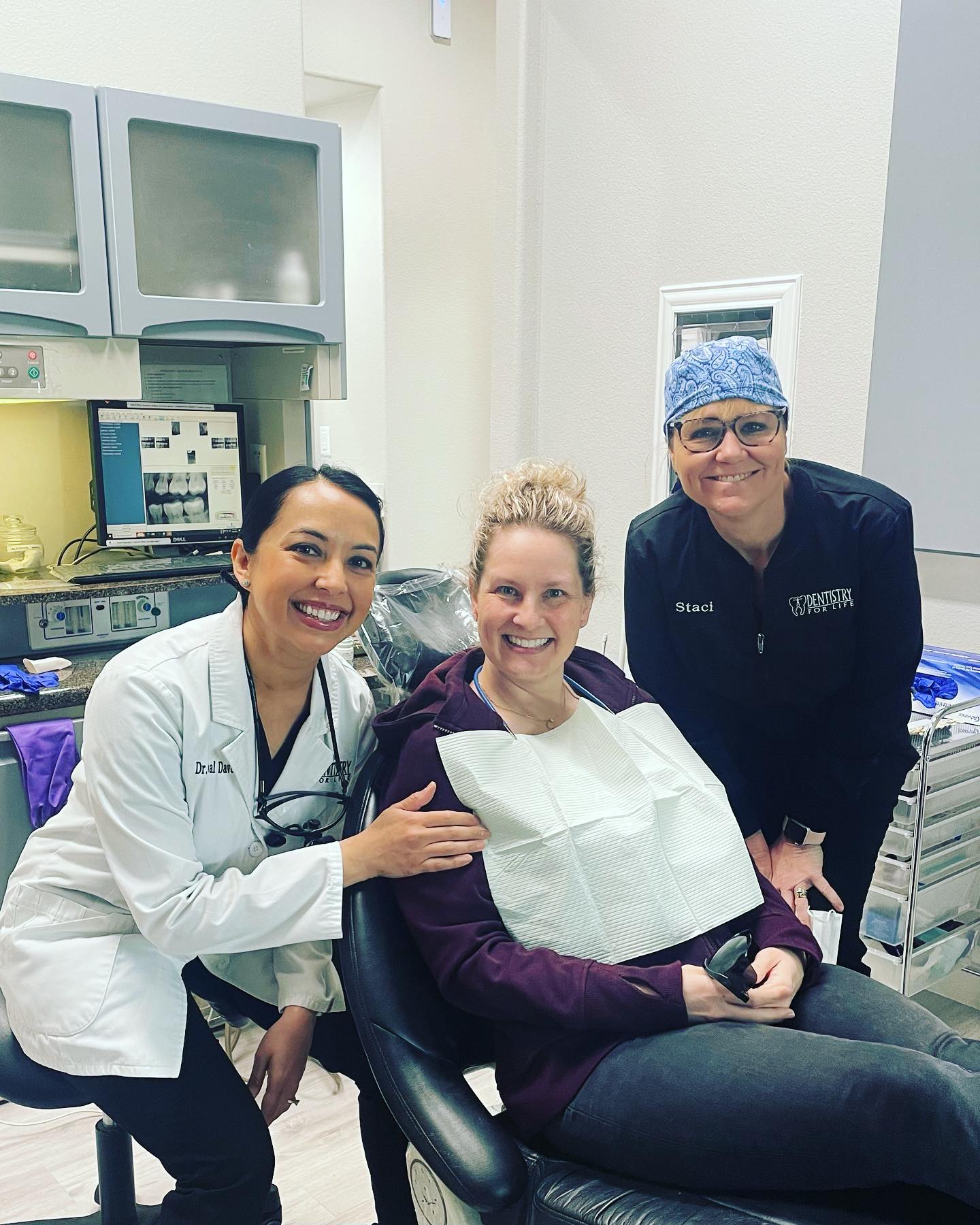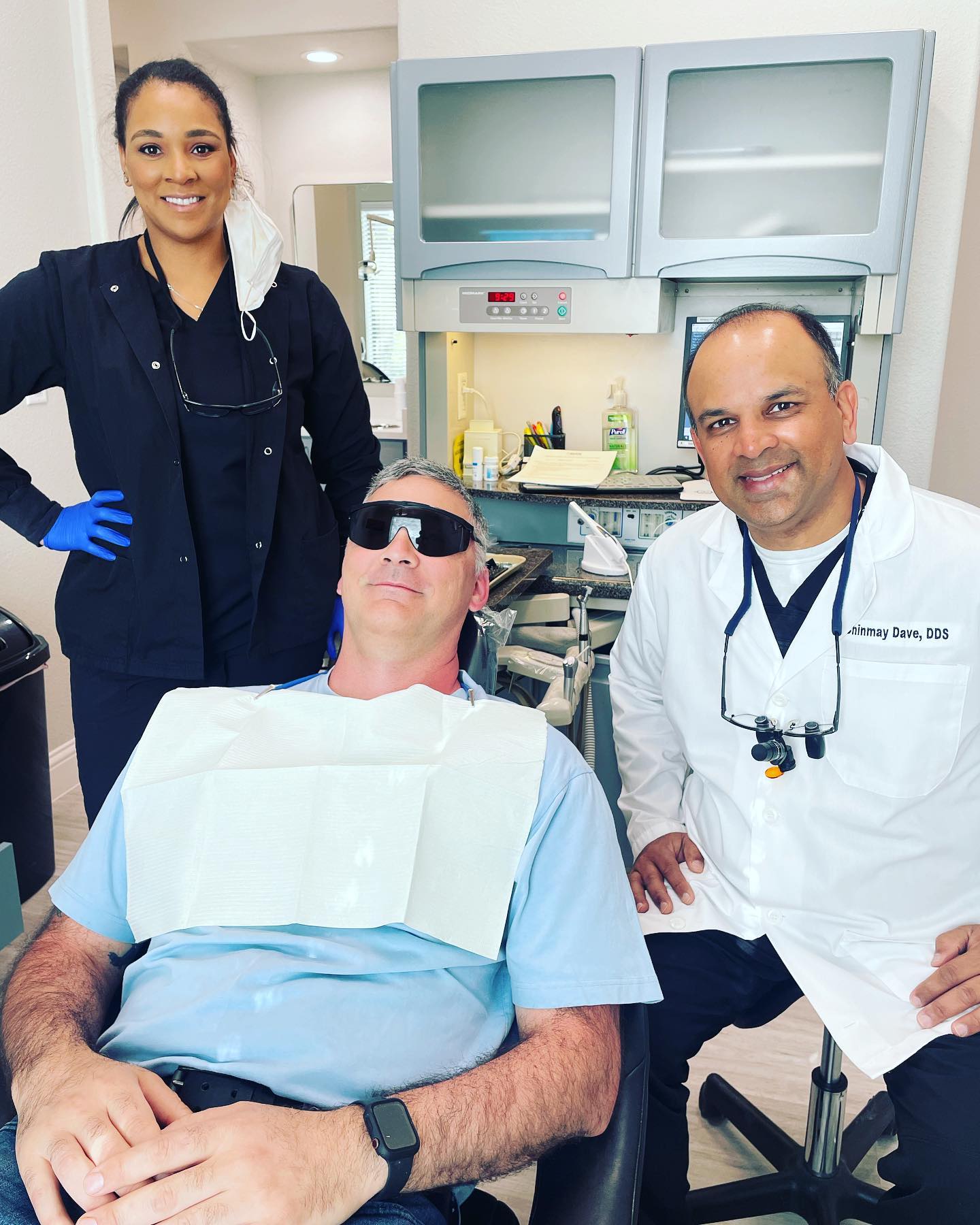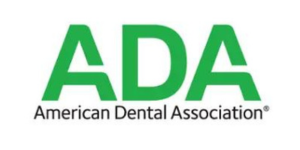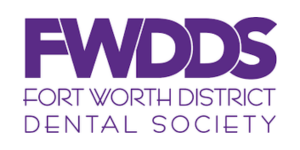About Us
An Experience You Deserve
Our comfort driven dental practice is here to serve you with comprehensive general & restorative dentistry.
- Compassion
- Kindness
- Integrity
- Honesty
- Genuine
- Transparent
For Over 20-Years Our Family Owned & Operated Dental Practice Has Served The Residence of Keller, Texas & Surrounding Area.

Rated 5-Stars by 450+ Clients on Google
Our Doctors
Rupal Davé, DDS
Born and raised in Dallas, Texas, Dr. Rupal Davé received her undergraduate degree with top honors from Southern Methodist University, and then went on to earn her Doctorate in Dental Surgery in 2003 from Baylor College of Dentistry. In 2005, she opened her private practice in Keller, TX and has since been providing the highest quality of dental care with the most gentle, comfortable, and caring approach to all her patients. Dr. Davé truly enjoys creating relationships with her patients that are built on honesty and trust.


Chinmay Davé, DDS
As far back as Dr. Chinmay Dave can remember, he’s always had a passion to help people, fix broken things, and to draw and paint. As a career choice he knew he wanted to find something that would allow him to be a doctor, engineer, and artist at the same time. During his undergraduate years at Texas A&M University in College Station, he was exploring career choices and got to spend time with a local dentist in a dental practice to see if dentistry would be a good career choice for him. What he learned from this experience was that dentistry fit all three of his passions and a spark was lit!
Yaritza Vazquez, Periodontist






Not A Patient Yet?
Try Our New Patient Experience
Includes cleaning, x-ray & exam so you can confidently step into the life and smile you really want and deserve.







